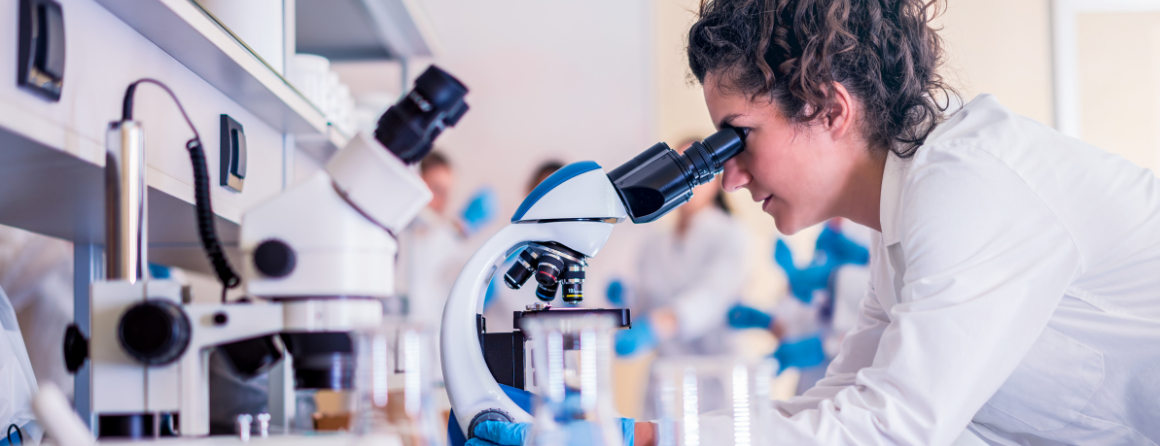Dr Leah Roberts has been awarded a $662,040 NHMRC Investigator grant for the project, “Understanding plasmid-mediated AMR dissemination in Australia”.
The project is one of two National Health and Medical Research Council (NHMRC) Investigator grants QUT is celebrating, totalling $1.3 million.
Dr Roberts (pictured above), from QUT School of Biomedical Sciences’ Centre for Immunology and Infection Control said the five-year project would investigate how the transmission of plasmids (small molecules that can spread between bacteria) contributes to rising antimicrobial resistance (AMR) in Australia and globally.
“Bacterial infections are becoming increasingly difficult to treat due to increasing antimicrobial resistance,” Dr Roberts said.
“AMR is a major health problem that is on track to have catastrophic implications for modern society and how we treat common infections.
“Things like urinary tract infections (UTI), sexually transmitted infections (STIs) and bacterial skin infections have become more resistant over time, resulting in more complex antibiotic regimes with higher incidences of treatment failure.”
“Plasmids are thought to be the primary vehicle for spreading AMR genes within bacterial populations, however large-scale genomic studies of plasmids and their abundance has been limited.
“Plasmids are difficult to model due to their highly diverse nature; they can vary in size considerably, can merge and form hybrids, and they have a mosaic structure where blocks of DNA can move in and out .”
Dr Roberts’ research will use publicly available tools and datasets to investigate existing whole genome sequenced collections using mostly computational methods.
During her fellowship at Cambridge University and the EMBL European Bioinformatics Institute (EBI), Dr Roberts developed a new bioinformatics approach to explore global plasmid diversity which incorporated, for the first time, realistic measures that model the way plasmids evolve through rearrangement, insertion, deletion and mutation of DNA material.
“The method I developed will be used to answer the question of what plasmids are spreading around Australia, and which are significantly contributing to the spread of AMR,” she said.
“I aim to understand the diversity, abundance and distribution of plasmids globally, then identify ‘high risk’ plasmids that carry specific resistance genes and/or are highly abundant, particularly in the Asia-Pacific.
“Further aims are to determine the scale of plasmid transmissions in Australian hospital and how much of it is AMR-associated; and detect “high risk” plasmids from hospital environments and wastewater using metagenomics sequencing to determine the overlap of AMR-plasmids withing and between the hospital and immediate environment.
“This new knowledge will produce world-leading results on plasmid abundance and transmission that will help us develop targeted surveillance and interventions, so that we can spot these plasmids and intervene appropriately, thereby reducing the spread of AMR.”







